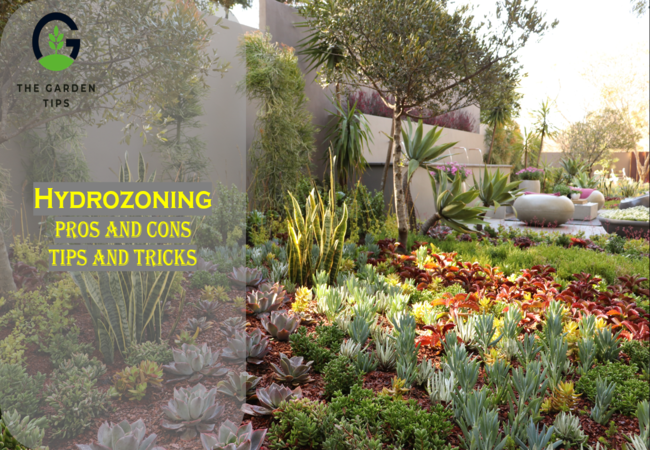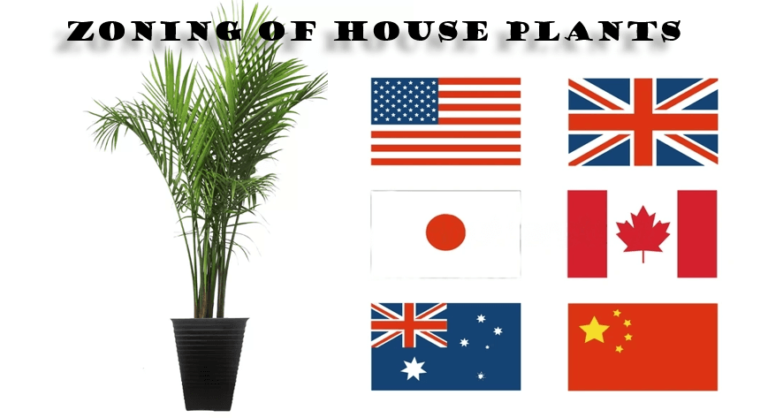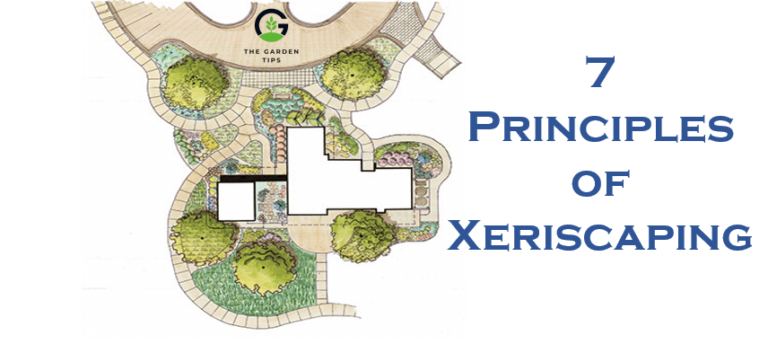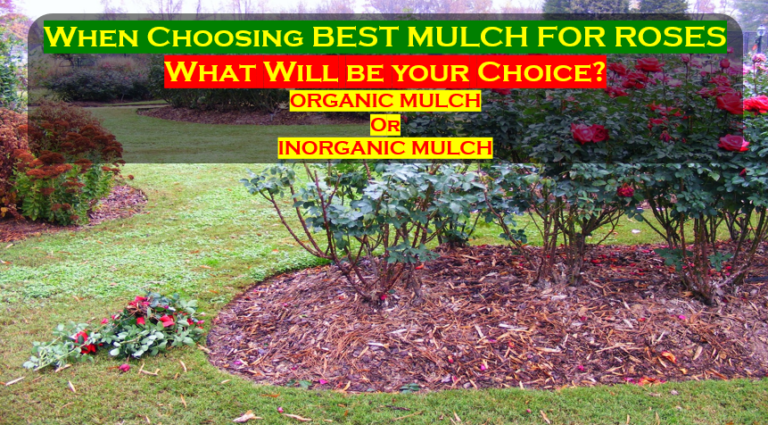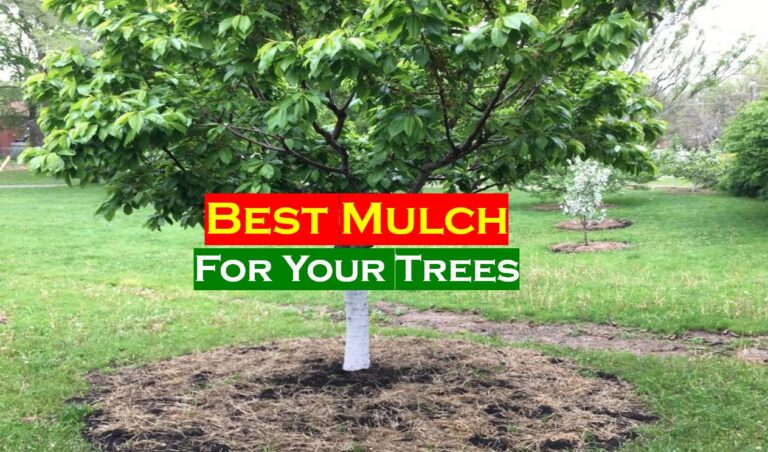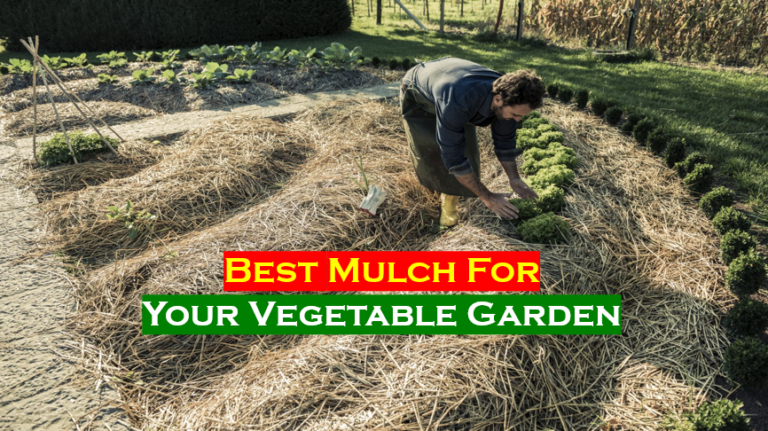Are you looking for Which color mulch right for my house? Consider the mulch you’ll use in your garden and outdoor property as you begin your spring landscape revitalization project. The color of your mulch can have a long-term impact on your home’s aesthetics and curb appeal, even if you think it’s a simple decision.
Ultimately, the color of mulch you choose should complement the colors of your house and the surrounding landscape. In this article, we’ll go over a few things that can assist you in making the right decision about choosing the best mulch color for your house.
Red Mulch
If your house, landscaping, and plants are all lighter in color, red mulch is a great choice because it creates a striking visual contrast. It’s also a great option for rock gardeners.
Types of Red Mulch
- Lava Rock
- Red Cedar
- Glass
- Resinous rubber
- Recycled dyed wood
- Other red rocks may be available in your area
Where to use Red Mulch?
- The best results are achieved when using this product to highlight plants with light coloration.
- The combination of red and green can be eye-catching.
- Terracotta, gold, as well as other warm hues in your garden will look great with this product.
- Tomato, basil, melons, and strawberries can all benefit from using red plastic sheets in the garden.
Disadvantages of Red Mulch
- Wearing gloves while spreading it is recommended because it can stain your hands
- Concrete and clothing with a light coloration can be stained
- Wood-based products are susceptible to deterioration more quickly than other materials
- Not your landscape plants, but the red mulch itself draws attention
- Your neighbors might not like this type of mulch
Brown Mulch
Many homeowners choose brown mulch because it is a neutral color. It can enhance the appearance of lighter plants and the darkest plants in gardens and homes of all hues. With a wide range of colors and shades on your home’s exterior, a brown is a great option for bringing cohesion to your garden.
Types of Brown Mulch
- Dyed Oak
- Pine Bark
- Cocoa Hulls
- Cypress
- Dyed Rubber
- Mixed Hardwood
Where to Use Brown Mulch?
- Use if you tend to favor a product that doesn’t draw attention to itself and prefers a natural look
- A red brick home would look stunning with this choice
Disadvantages of Brown Mulch
- Organic products typically need to be replenished once a year
- They will blend in if there are many plants with dark leaves
Black Mulch
Make a statement with black mulch, which is both modern and stylish. The black mulch looks its best in homes and gardens with darker hues and richer greens. Black mulch will allow you to use it all season long because of its darker color.
Types of black mulch
- Black shale
- Lava rock
- Grey shale
- La Paz pebbles
- Bluestone
- Dyed recycled wood and rubber
- Other dark stone and gravel
Where to use Black mulch?
- For a subdued yet dramatic effect, choose black fabrics and other dark colors
- It brings out the vibrancy of pale-hued plants
- It stands out brilliantly against a white, grey, or yellow home’s exterior walls
Disadvantages of Black Mulch
- In the south and southwest, it’s not a good choice because it can retain heat, which can cause the soil to become too hot
- Over time, the wood color will fade
Gold Mulch
The next big thing in mulch is golden-colored mulch, which is difficult to come by. With dark-painted or bricked houses, gold is a stunning accent color. The use of gold mulch has grown in recent years.
Types of Gold Mulch
- Cypresses of the western hemisphere
- Sunset pebbles
- Pine straw
- Recycled dyed wood
- California Gold
- And Other decorative rocks
Where to use Gold Mulch
- Using gold mulch in combination with evergreens or a dark-painted house creates a dark/light contrast
- If your home is painted blue, green, or red, this combination works well
Disadvantages of Gold Mulch
- Not available in every locality
- It could draw attention away from your plants
What Things Should You Know Before Purchasing Color Mulch?
Even though these pointers can get you started, the final decision will be based on your house and landscape’s particulars and tastes. Red mulch may not be the best choice if you have red bricks in your home. Instead, opt for brown, which provides a more neutral contrast.
If you’re lucky, you’ll be able to observe what other homeowners in your area have done with their mulch choices.
Is Colored Mulch Safe for Your Garden?
Colored mulch has become increasingly popular in recent years because of its bold and vibrant color, which still provides the perks of mulching. If you’re looking for long-lasting mulch that doesn’t fade, colored mulch is the best option.
Iron Oxide as mulch
Iron oxide is commonly used to color mulch. In addition to its extensive use in paints, beauty products, and even flowers, iron oxide, the primary ingredient in red mulch, is also known as rust.
Carbon Dyes as mulch
Carbon is a common ingredient in inks and paints because of its use in the production of black mulch. These dyes’ bases are considered natural, non-toxic, and safe. Vegetable-based colorants are used in most other colors, which are also derived from natural elements.
Wood as mulch
Colored mulch’s colorant is safe, so attention has turned to the wood’s material. Using recycled wood is good for the environment, but harmful toxins (like lead) may be lingering from previous uses.
Soil Vs. Mulch
The carbon in wood mulch may interact with the soil nitrogen and use it to aid the decomposition of organic matter, but this could deplete the soil’s nutrients. It is a concern when using wood mulch. Because colored mulch decomposes more slowly than normal wood mulch, it removes nitrogen from the soil more slowly.
Conclusion
The color of mulch that you choose for your house is a matter of personal preference. Some people prefer the natural look of wood mulch, while others prefer the more vibrant colors of dyed mulch. Some popular colors of dyed mulch include red, brown, and black. It is important to remember that dyed mulch may fade over time, so you may need to reapply it in the future to maintain the desired color. Ultimately, the right mulch colour for your house will depend on your taste and the overall look you are trying to achieve.


